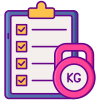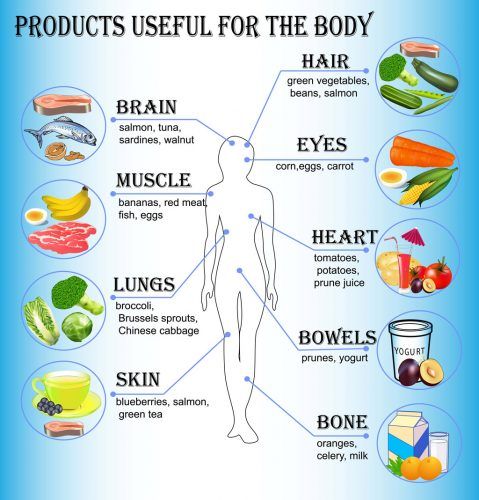Whether you’re a tech professional who spends hours in front of a computer screen or a fitness enthusiast who pushes your body to the limit, sore muscles are inevitable. It’s important to prioritize proper recovery to avoid long-term damage and optimize your performance. Here are some of the best recovery practices for sore muscles:
1. Rest and Recovery
One of the most important factors in muscle recovery is rest. When your muscles are sore, it’s a sign that they need time to repair and rebuild. Make sure to get an adequate amount of sleep each night to allow your body to heal. Additionally, incorporate rest days into your workout routine to prevent overtraining.
2. Hydration
Staying hydrated is key to muscle recovery. Water helps flush out toxins and deliver nutrients to your muscles, which promotes healing. Aim to drink at least 8-10 glasses of water per day, and consider adding electrolyte-rich beverages or coconut water to replenish lost fluids after a tough workout.
3. Proper Nutrition
Your diet plays a crucial role in muscle recovery. Make sure to eat a balanced diet that includes protein, carbohydrates, and healthy fats to fuel your body and support muscle repair. Consider incorporating anti-inflammatory foods like salmon, berries, and leafy greens to reduce inflammation and speed up the recovery process.
4. Stretching and Foam Rolling
Stretching and foam rolling are great ways to alleviate muscle soreness and improve flexibility. Incorporate dynamic stretches before your workout to warm up your muscles, and static stretches or foam rolling after your workout to cool down and release tension. Focus on the muscles that are the most sore to target specific areas of discomfort.
5. Ice and Heat Therapy
Applying ice packs or taking cold showers can help reduce inflammation and numb the pain in sore muscles. Use ice therapy for acute injuries or intense workouts to constrict blood vessels and decrease swelling. Heat therapy, on the other hand, can improve circulation and relax tense muscles. Consider using a heating pad or taking a warm bath to soothe sore muscles.
6. Massage Therapy
Regular massages can be a luxurious yet effective way to speed up muscle recovery. Massage therapy can help release tension, improve circulation, and reduce muscle soreness. Consider scheduling a deep tissue massage or using a foam roller to target trigger points and tight muscles.
7. Active Recovery
Engaging in light physical activity on your rest days can promote blood flow and facilitate muscle recovery. Consider going for a leisurely walk, practicing yoga, or swimming to keep your muscles moving without putting too much strain on them. Active recovery can help break up lactic acid buildup and alleviate soreness.
8. Listen to Your Body
Above all, listen to your body and pay attention to how it feels. If you’re experiencing persistent pain or soreness that doesn’t improve with rest and recovery, consult a healthcare professional. It’s important to address any underlying issues to prevent further injury and ensure a speedy recovery.
By incorporating these best recovery practices into your routine, you can effectively manage muscle soreness and optimize your performance in the tech world or during your workouts. Remember that recovery is just as important as training, so prioritize self-care to support your overall well-being.

